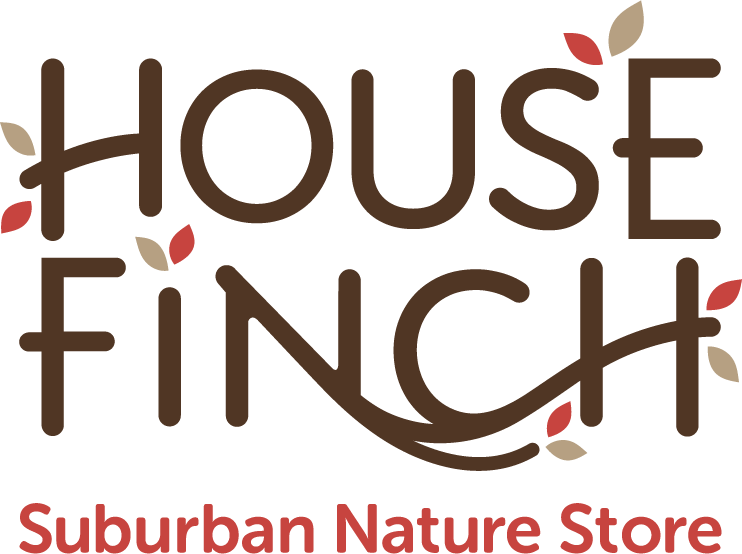Why are there so few birds at my feeders right now?
There are lots of reports of low bird activity in feeders right now. I see the same thing at my bird feeders. Don’t worry - this is normal and expected for this time of year. Nothing is wrong, and you have not done anything wrong! While this regular pattern in nature does impact your ability to enjoy the birds, the news is actually good news for birds.
Before we review a few reasons for this expected pattern, it’s good to note that at all times of year, birds will not visit feeders that are filled with spoiled or moldy seed. Be sure to clear your feeders regularly (once a month in the winter and mild temps and twice a month in hot and humid weather) and replace old seed with fresh seed. This is especially true in wet weather - see that is soaked with rain can spoil quickly.
Outside of spoiled seed, here are the reasons why decreased activity at bird feeders is normal and expected at this time of year:
Natural food sources for birds are abundant in early fall
An American Goldfinch feasts on flower seeds.
We feed the birds both because we enjoy it, and because birds in urban and suburban areas have lost habitat and food sources. Birds are never dependent on bird feeders - the seeds and food they eat from your feeder is a tiny part of their overall diet, despite the feeling that they sometimes gorge all day (I’m looking at you, House Sparrows and Mourning Doves). When natural food sources are fresh and abundant, birds will gravitate there and have less need for supplemental protein and fat from bird feeders. This is good news for our feathered friends!
Right now, this is especially true for seed and fruit-eating birds. Seed-eating birds like sparrows and finches have a buffet of flower, weed, and grass seeds right now. You can see them feasting in meadows and yards that have native plants that recently went to seed, thanks to the large amounts of rain we received this summer. And fruit-eating birds like Cedar Waxwings, Northern Mockingbirds, Gray Catbirds, woodpeckers, and American Robins have a bountiful harvest of fruit from trees and shrubs.
We are in a masting year for some trees
Acorns hang on an oak tree.
Many trees go through a cycle of boom and bust for their fruit and seeds. A year of extremely high production is called a mast year, which happens every 2-5 years in large species of trees like oak, maple, and sycamore. Scientists don’t really know why masting years occur or how to predict them - nature has kept this cycle a mystery. But a leading thought is around the topic of ‘predator satiation.’ Basically, trees have a cycle where they put tons of energy into seed production, rather than growth, to outperform their seed predators' ability to consume. All the birds, squirrels, deer, chipmunks, and other animals can’t eat all the fallen nuts, and this increases the chances that some of those nuts will become a future tree.
Oak, beech, fir, and spruce trees are all in a mast year. This means that our birds and many backyard critters have tons of food resources available to them.
Mild Weather
Simply put, the lovely fall weather we are experiencing means that birds spend less energy staying cool or warm. We have not had a hard frost yet (but it’s coming very soon), so insects are still abundant. In the winter, birds can spend 70% of their energy just staying warm, and can lose up to 80% of their fat reserves each night generating heat. This is why winter sees a huge spike in backyard bird feeding: the birds have less food, and they need it more.
Conclusion
As fall comes to a close, natural food supplies will slowly disappear, nights will get colder and longer, and the rest of our winter migrants will arrive, like the White-throated Sparrow and Dark-eyed Junco. A hard frost will arrive and will end the growing and insect seasons. When ice or snow arrives, this will make finding food and water even more difficult for birds and wildlife. All of these factors are why winter bird feeding is very important for wild birds - the extra fat and protein literally can mean life or death for them, especially in suburban and urban areas that have fewer trees and more human habitat disturbance.
The birds will come back to your feeders. And when they do, I hope it brings a smile to your face and healing to your heart to know that your efforts in this hobby truly make a difference for them. Winter bird watching is beautiful, and I can’t wait!


